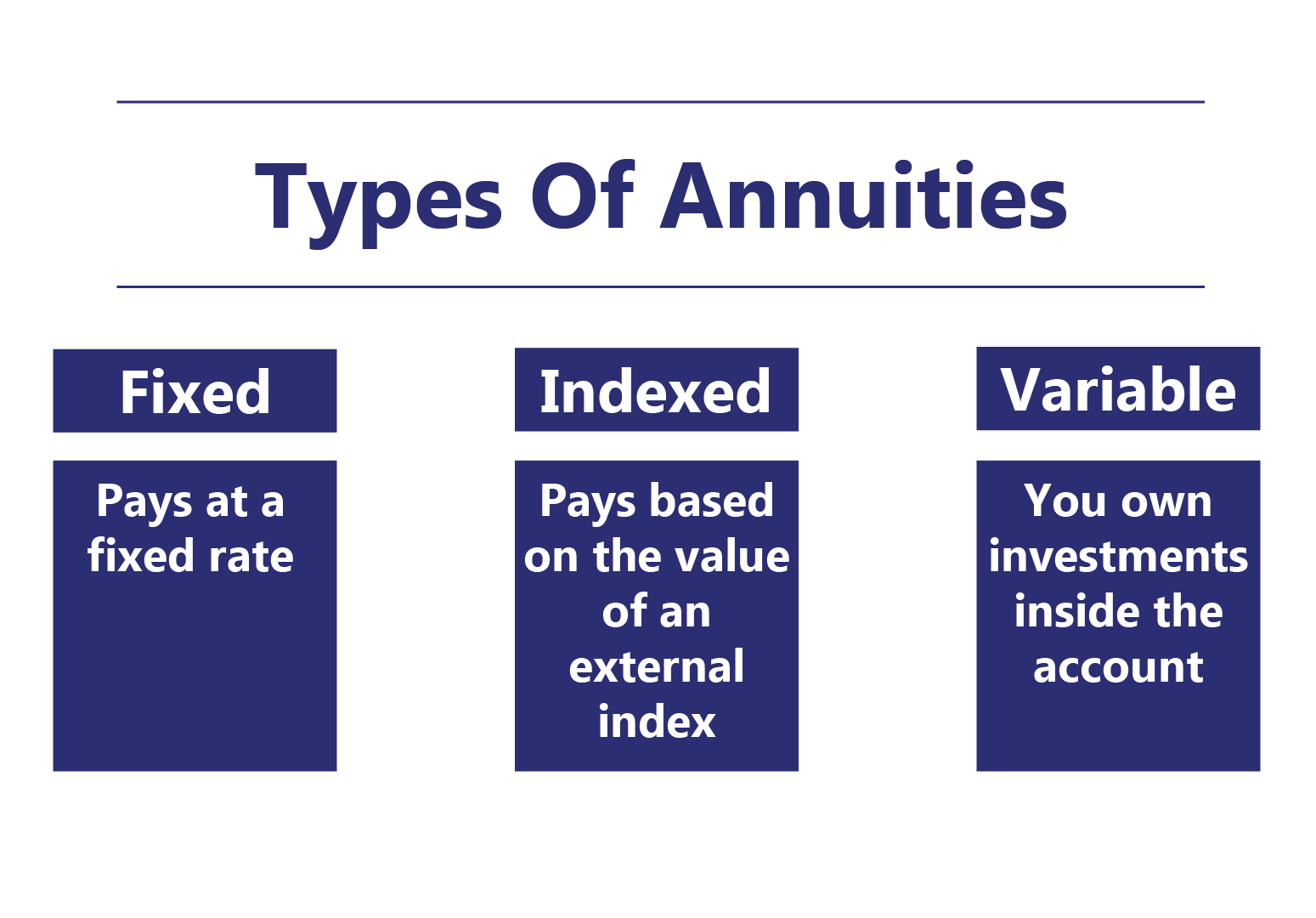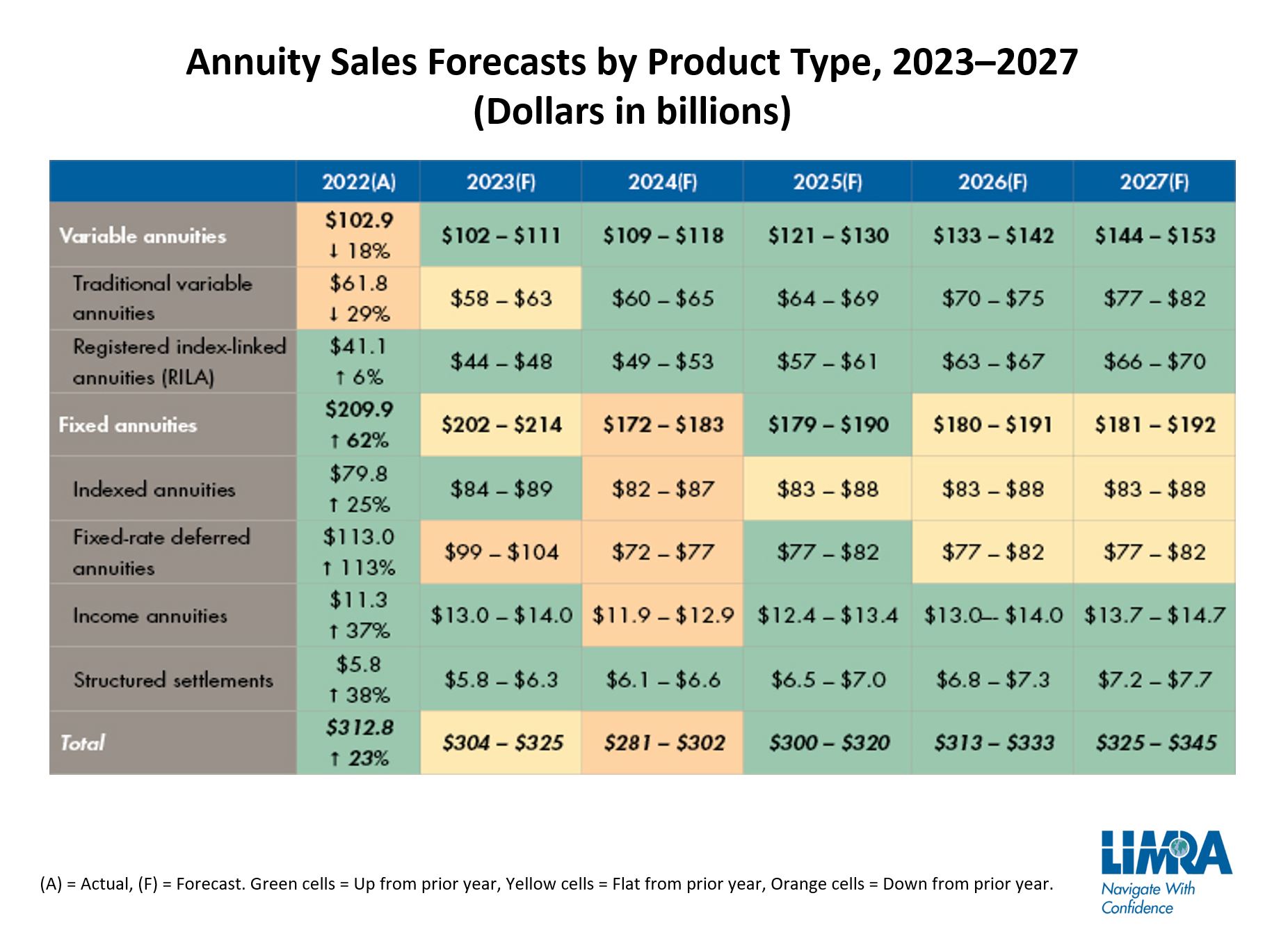All Categories
Featured
Table of Contents
Simply as with a repaired annuity, the proprietor of a variable annuity pays an insurance provider a round figure or collection of repayments in exchange for the guarantee of a collection of future payments in return. But as pointed out over, while a taken care of annuity expands at an ensured, constant price, a variable annuity expands at a variable rate that relies on the efficiency of the underlying financial investments, called sub-accounts.

During the accumulation stage, properties invested in variable annuity sub-accounts grow on a tax-deferred basis and are taxed only when the contract proprietor takes out those revenues from the account. After the build-up phase comes the earnings phase. With time, variable annuity properties must in theory enhance in value up until the agreement proprietor decides he or she want to start withdrawing money from the account.
The most significant concern that variable annuities commonly present is high cost. Variable annuities have several layers of fees and costs that can, in aggregate, create a drag of up to 3-4% of the contract's value each year. Below are one of the most usual costs related to variable annuities. This expenditure makes up the insurance firm for the danger that it assumes under the terms of the agreement.
Exploring the Basics of Retirement Options Key Insights on Your Financial Future Defining What Is Variable Annuity Vs Fixed Annuity Advantages and Disadvantages of Fixed Vs Variable Annuity Why Choosing the Right Financial Strategy Is a Smart Choice Fixed Vs Variable Annuity: How It Works Key Differences Between Different Financial Strategies Understanding the Key Features of Indexed Annuity Vs Fixed Annuity Who Should Consider Fixed Interest Annuity Vs Variable Investment Annuity? Tips for Choosing the Best Investment Strategy FAQs About Fixed Annuity Or Variable Annuity Common Mistakes to Avoid When Planning Your Retirement Financial Planning Simplified: Understanding Tax Benefits Of Fixed Vs Variable Annuities A Beginner’s Guide to Fixed Interest Annuity Vs Variable Investment Annuity A Closer Look at Fixed Income Annuity Vs Variable Growth Annuity
M&E expense fees are calculated as a percentage of the agreement worth Annuity issuers pass on recordkeeping and various other management costs to the agreement owner. This can be in the kind of a level annual cost or a percentage of the contract worth. Management costs might be consisted of as component of the M&E danger fee or may be evaluated individually.
These charges can range from 0.1% for passive funds to 1.5% or even more for proactively managed funds. Annuity agreements can be tailored in a number of methods to serve the certain needs of the contract proprietor. Some common variable annuity bikers include guaranteed minimum accumulation benefit (GMAB), guaranteed minimum withdrawal benefit (GMWB), and guaranteed minimum earnings advantage (GMIB).

Variable annuity payments offer no such tax obligation deduction. Variable annuities tend to be very ineffective cars for passing riches to the future generation due to the fact that they do not enjoy a cost-basis adjustment when the original agreement owner dies. When the owner of a taxed financial investment account passes away, the price bases of the investments held in the account are gotten used to show the market costs of those investments at the time of the owner's fatality.
Highlighting the Key Features of Long-Term Investments Everything You Need to Know About Financial Strategies Breaking Down the Basics of Deferred Annuity Vs Variable Annuity Benefits of Fixed Indexed Annuity Vs Market-variable Annuity Why Choosing Between Fixed Annuity And Variable Annuity Is a Smart Choice Fixed Indexed Annuity Vs Market-variable Annuity: How It Works Key Differences Between Different Financial Strategies Understanding the Key Features of Long-Term Investments Who Should Consider Strategic Financial Planning? Tips for Choosing the Best Investment Strategy FAQs About Planning Your Financial Future Common Mistakes to Avoid When Planning Your Retirement Financial Planning Simplified: Understanding Your Options A Beginner’s Guide to Tax Benefits Of Fixed Vs Variable Annuities A Closer Look at Variable Vs Fixed Annuity
Such is not the instance with variable annuities. Investments held within a variable annuity do not obtain a cost-basis change when the original proprietor of the annuity passes away.
One considerable issue connected to variable annuities is the possibility for disputes of rate of interest that may feed on the part of annuity salespeople. Unlike a financial consultant, that has a fiduciary responsibility to make investment choices that profit the client, an insurance broker has no such fiduciary commitment. Annuity sales are extremely rewarding for the insurance coverage professionals that market them as a result of high upfront sales payments.

Several variable annuity agreements consist of language which puts a cap on the percent of gain that can be experienced by particular sub-accounts. These caps protect against the annuity proprietor from totally getting involved in a portion of gains that could otherwise be appreciated in years in which markets create substantial returns. From an outsider's point of view, it would appear that financiers are trading a cap on financial investment returns for the aforementioned guaranteed flooring on investment returns.
As noted over, give up fees can significantly limit an annuity proprietor's ability to relocate possessions out of an annuity in the early years of the contract. Further, while a lot of variable annuities permit agreement owners to withdraw a defined quantity during the accumulation stage, withdrawals beyond this amount normally cause a company-imposed charge.
Withdrawals made from a set rates of interest financial investment choice could likewise experience a "market price modification" or MVA. An MVA readjusts the value of the withdrawal to show any type of changes in rate of interest from the time that the cash was bought the fixed-rate option to the time that it was withdrawn.

On a regular basis, even the salespeople that market them do not totally understand just how they function, and so salesmen sometimes take advantage of a customer's emotions to market variable annuities instead of the qualities and viability of the products themselves. We think that capitalists need to completely recognize what they have and just how much they are paying to possess it.
Understanding Annuities Fixed Vs Variable Everything You Need to Know About Financial Strategies Defining the Right Financial Strategy Features of Fixed Annuity Vs Variable Annuity Why Fixed Indexed Annuity Vs Market-variable Annuity Is Worth Considering Fixed Indexed Annuity Vs Market-variable Annuity: Simplified Key Differences Between Different Financial Strategies Understanding the Key Features of Long-Term Investments Who Should Consider Strategic Financial Planning? Tips for Choosing Fixed Vs Variable Annuity Pros And Cons FAQs About Planning Your Financial Future Common Mistakes to Avoid When Planning Your Retirement Financial Planning Simplified: Understanding Variable Annuities Vs Fixed Annuities A Beginner’s Guide to Annuity Fixed Vs Variable A Closer Look at Annuity Fixed Vs Variable
The same can not be stated for variable annuity properties held in fixed-rate financial investments. These properties legally come from the insurance policy business and would certainly for that reason go to danger if the company were to fail. Likewise, any kind of assurances that the insurance provider has consented to give, such as an assured minimal earnings benefit, would be in inquiry in the event of a service failure.
Potential purchasers of variable annuities must recognize and take into consideration the financial problem of the releasing insurance policy business prior to entering right into an annuity agreement. While the benefits and drawbacks of numerous types of annuities can be debated, the actual concern surrounding annuities is that of viability.
Nevertheless, as the stating goes: "Caveat emptor!" This article is prepared by Pekin Hardy Strauss, Inc. Fixed annuity benefits. ("Pekin Hardy," dba Pekin Hardy Strauss Wealth Management) for informational objectives just and is not intended as an offer or solicitation for business. The information and information in this write-up does not make up lawful, tax, audit, financial investment, or other specialist guidance
Table of Contents
Latest Posts
Exploring Fixed Index Annuity Vs Variable Annuity Everything You Need to Know About Fixed Annuity Or Variable Annuity Breaking Down the Basics of Fixed Income Annuity Vs Variable Growth Annuity Advant
Exploring Fixed Vs Variable Annuity Pros Cons Key Insights on Fixed Indexed Annuity Vs Market-variable Annuity Breaking Down the Basics of Variable Annuity Vs Fixed Annuity Benefits of Fixed Interest
Exploring Fixed Income Annuity Vs Variable Annuity Everything You Need to Know About Annuities Fixed Vs Variable What Is the Best Retirement Option? Features of Annuity Fixed Vs Variable Why Choosing
More
Latest Posts